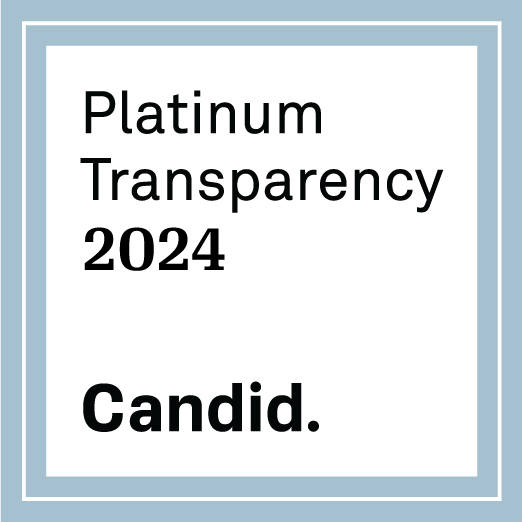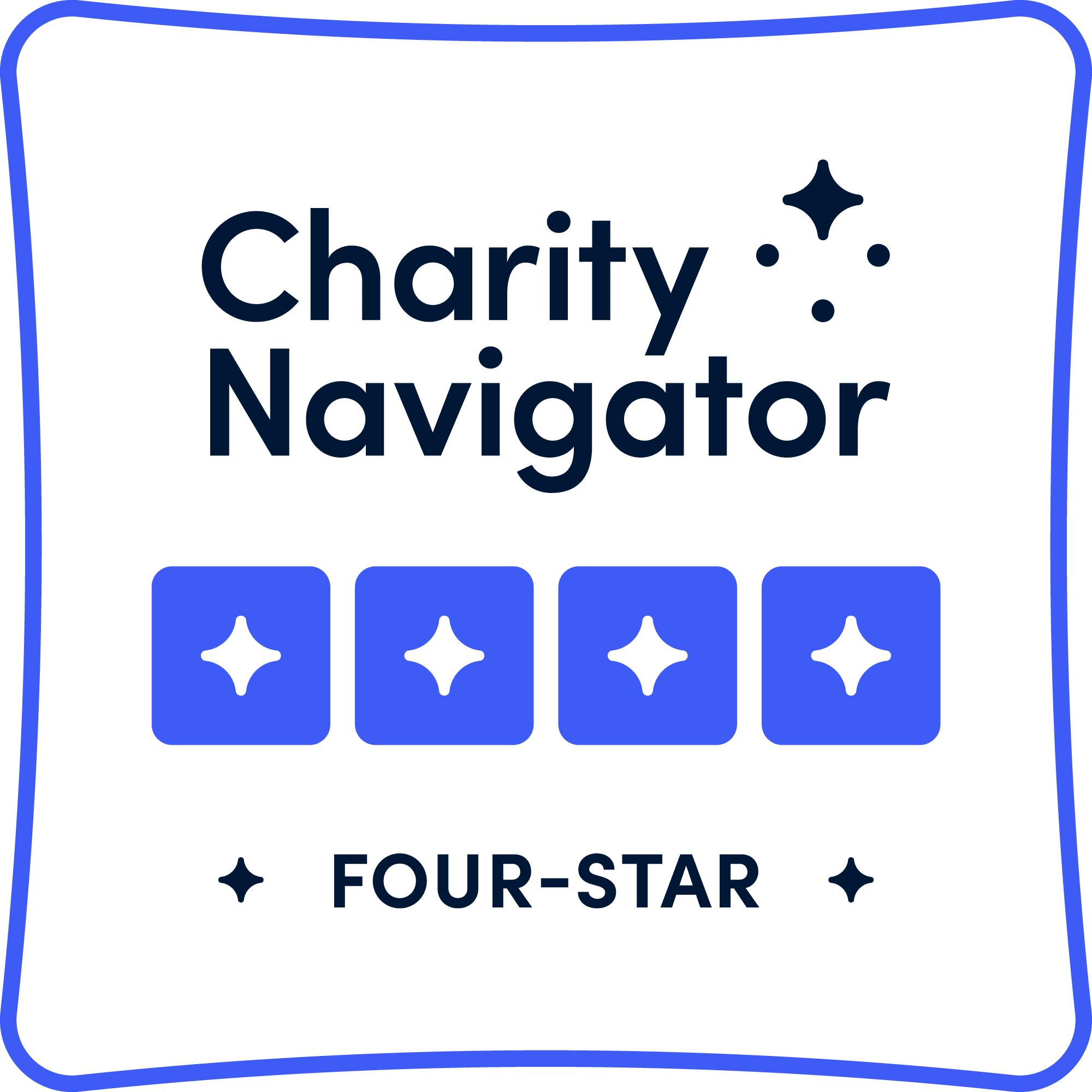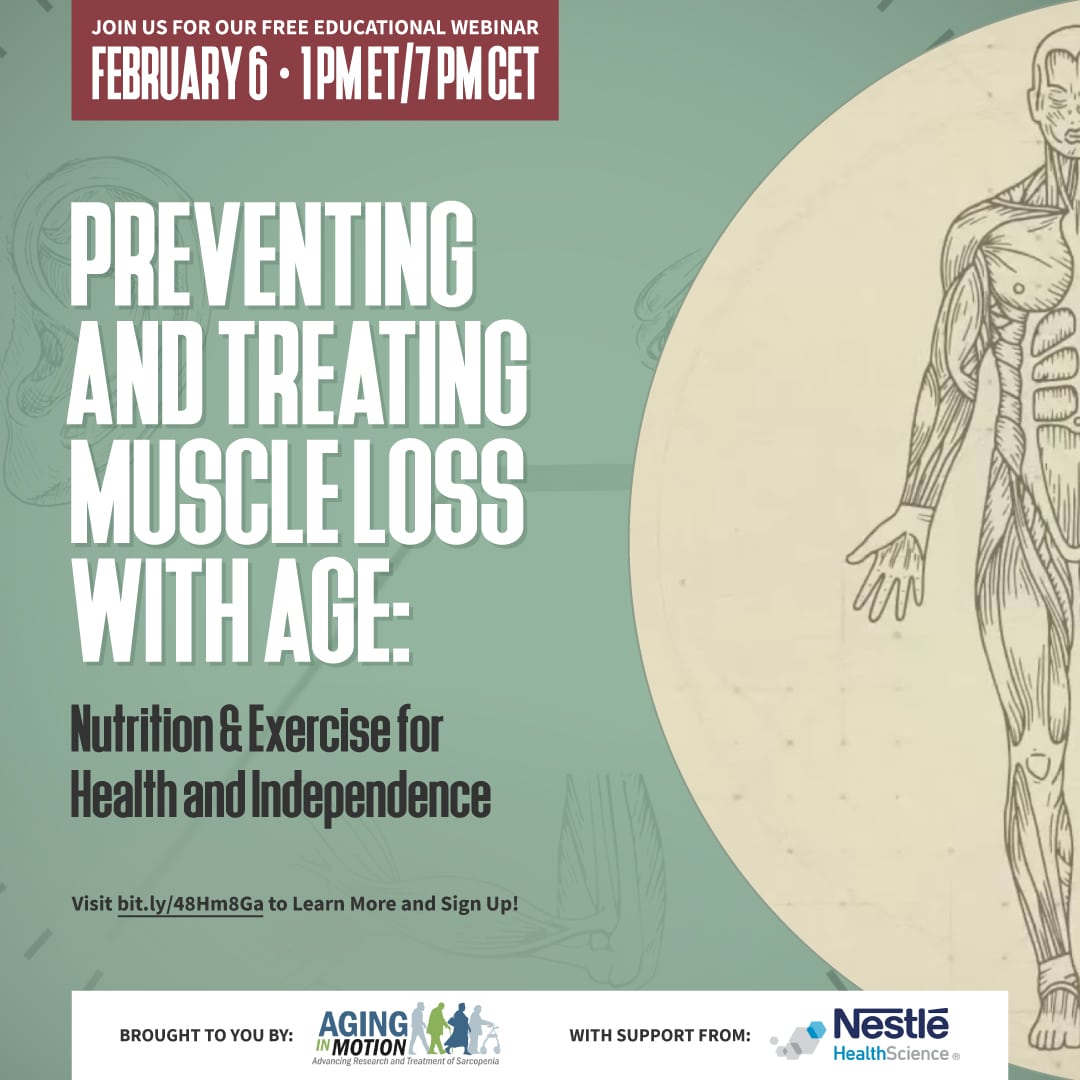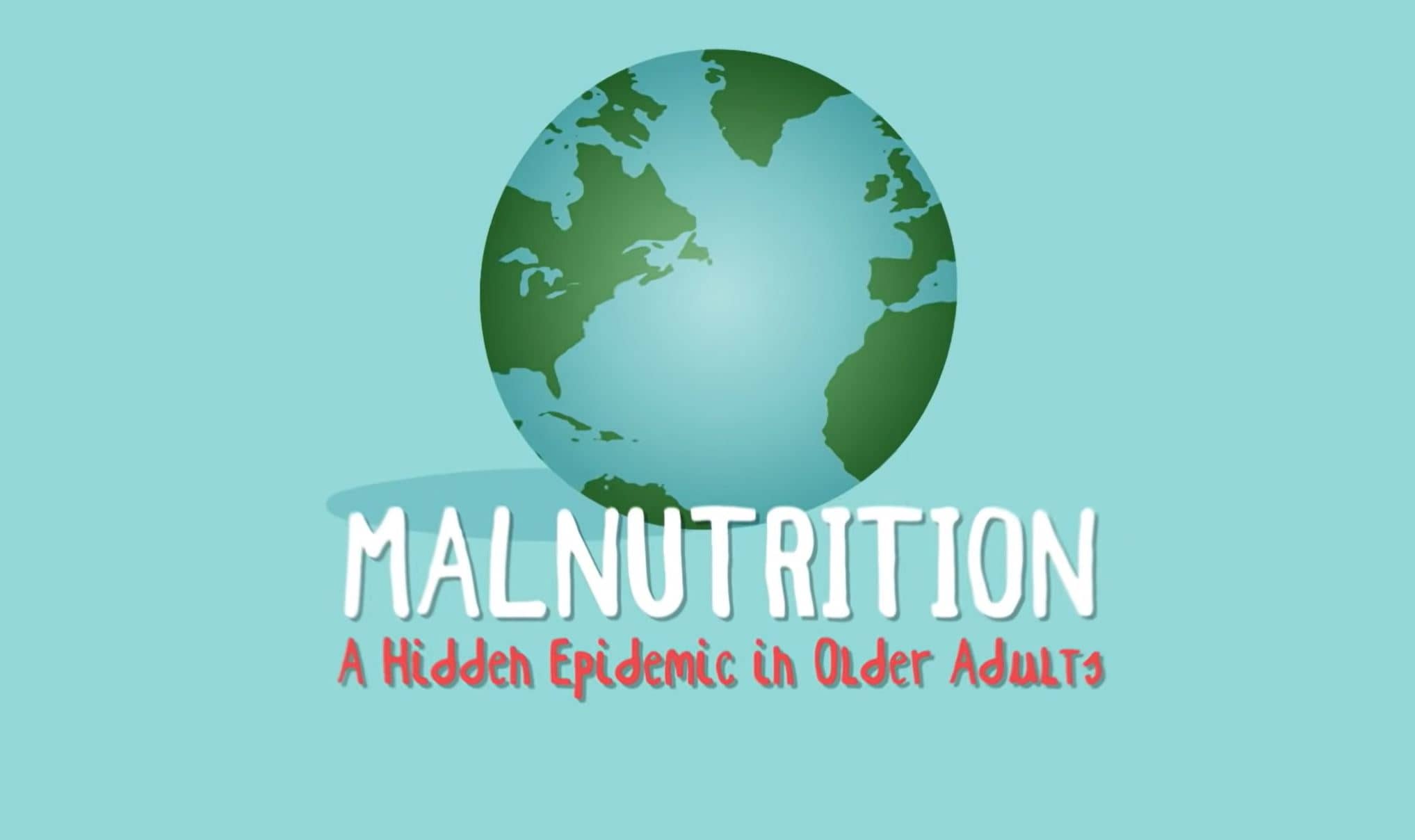- Alzheimer’s Disease and Related Dementias
- Antimicrobial Resistance
- Appropriations
- Cardiovascular Disease
- Care Innovation and Access
- Clinical Trials
- COVID-19
- Family Caregiving
- Health Equity
- Healthy Aging
- Home Health and Community-Based Services
- Medicaid
- Medicare
- Mental Health
- Nursing Home and Post-hospital Care
- Nutrition
- Persistent Pain
- Prescription Drug Affordability
- Quality and Outcomes
- Research Funding
- Sarcopenia and Mobility
- Telehealth
- Vaccination
- Value Assessment and Pricing
- Vision Loss
Nutrition
Malnutrition is a critical health concern for older adults. Malnutrition occurs when an individual does not have adequate nutrients in their diet, which makes it more difficult for the body to function normally. A malnourished older adult has an increased risk of falls, hospitalization, and death. Furthermore, a malnourished older adult is more likely to be frail or sarcopenic (Link to sarcopenia page). The Alliance supports programs that promote nutritional education, address financial barriers, and increase access to healthy food.
The Dietary Guidelines for Americans (DGA) provides strategies to help Americans meet their nutritional needs, promote health, and prevent disease. This document informs policymakers, healthcare providers, nutritional experts, and Federal nutrition programs. The latest edition, DGA 2020-2025, included specific recommendations for older adults. Special nutrition considerations older adults should consider include:
- Ensure adequate protein intake to prevent the loss of lean muscle.
- Choose a wider variety of protein sources, including seafood, beans, peas, and lentils, since they provide a wide variety of essential nutritional nutrients.
- Adequate vitamin B12 intake since aging can impact the body’s ability to absorb this essential vitamin.
- Hydrate adequately, since thirst mechanisms decline with age.
- Limit consumption of alcoholic beverages to no more than two drinks per day for men and one drink per day for women.
The Alliance advocates for robust nutrition resources for older adults. Current federal nutritional programs include:
- Supplemental Nutrition Assistance Program (SNAP): delivers supplemental resources to Americans with restricted incomes to purchase healthy foods and beverages.
- Commodity Supplemental Food Program (CSFP): supplies nutritious packaged foods to older adults with restricted incomes.
- Home-Delivered Nutrition Services: delivers meals to older adults who have difficulty leaving their homes.
- Child and Adult Care Food Program (CACFP): provides funding to pay for daycare services for children and adults.
- Senior Farmers Market Nutrition Program (SFMNP): supports older adults in purchasing locally grown produce.
Videos on Nutrition

How to Make a Difference this Holiday Season with Meals on Wheels for This is Growing Old
Colder weather is upon us, and that means that many older adults may be isolated at home. Here to talk…
more.
Malnutrition and Aging: What You Need to Know for This Is Growing Old
October 4 through 8 is Malnutrition Awareness Week. Joining Alliance Vice President of Health Education and Advocacy Lindsay Clarke is…
more.
The Role of Nutrition in Healthy Aging for This Is Growing Old
Alliance for Aging Research President and CEO Sue Peschin interviews Lindsay Clarke, the Alliance’s Vice President of Health Education…
more.The Healthy Aging Blog on Nutrition
Nutrition News & Updates
Alliance for Aging Research Statement on the FY2020 Budget
December 21, 2019
Ways to Give
There are many ways you can help accelerate the pace of scientific discoveries and their application to vastly improve the universal human experience of aging and health:

The Alliance for Aging Research is a proud recipient of Candid’s Platinum Seal of Transparency.

The Alliance for Aging Research is proud to be rated a 4-star charity by Charity Navigator.




